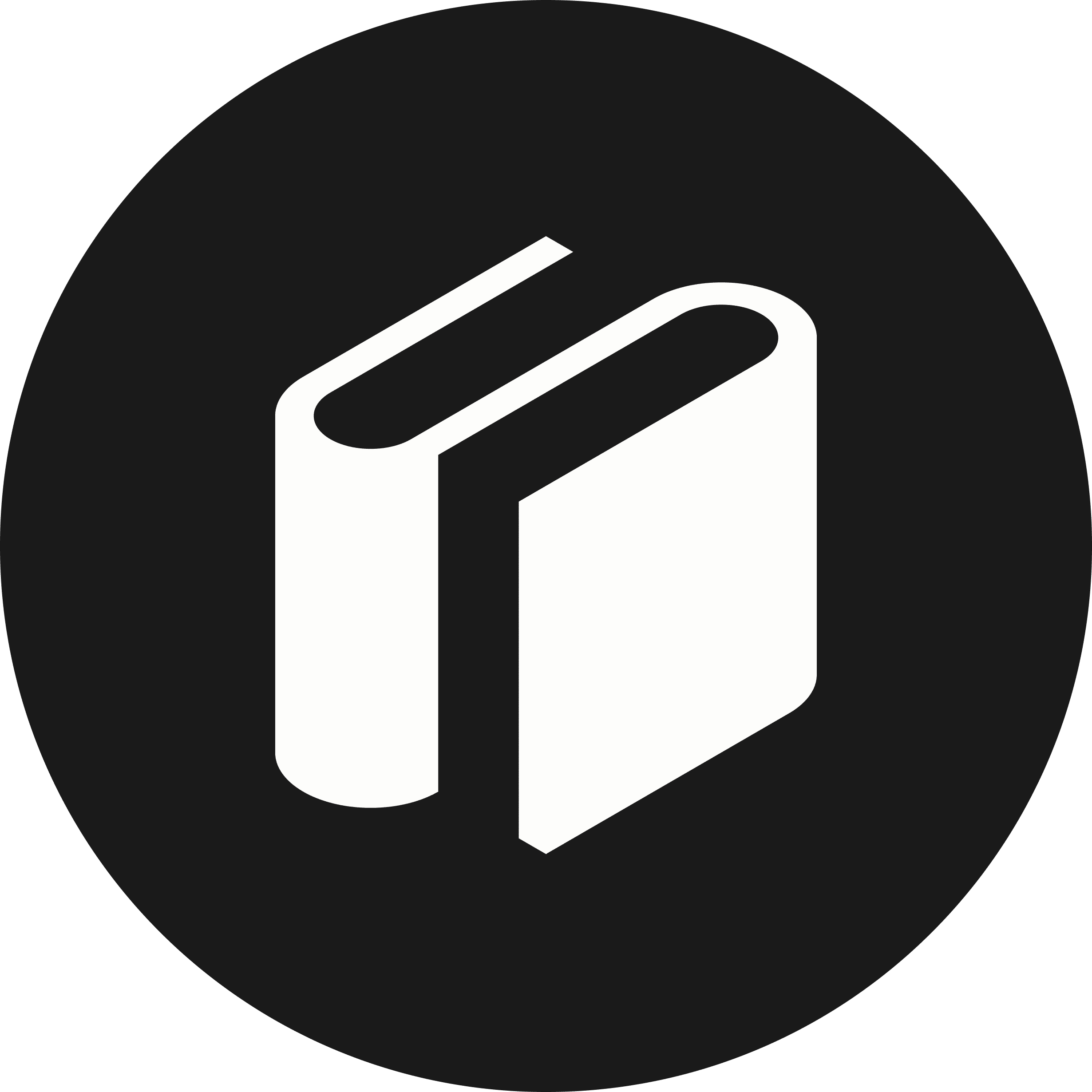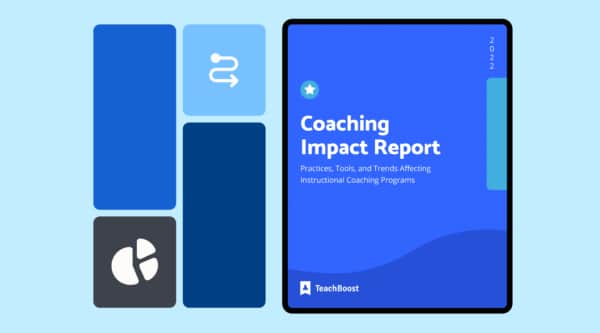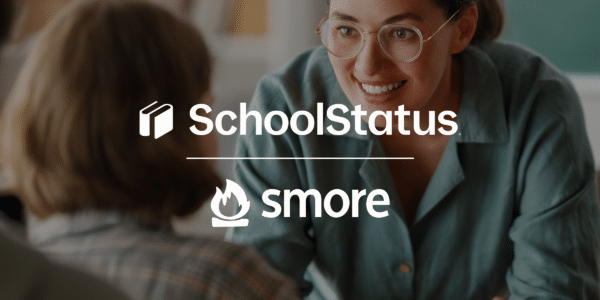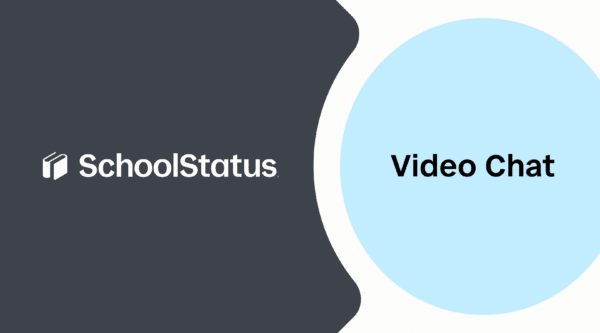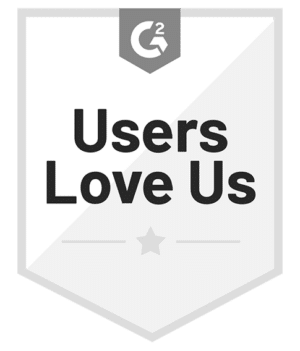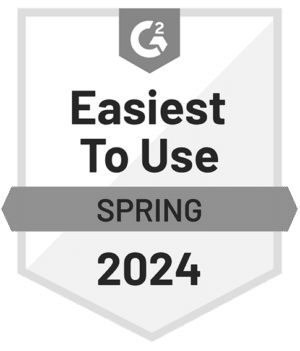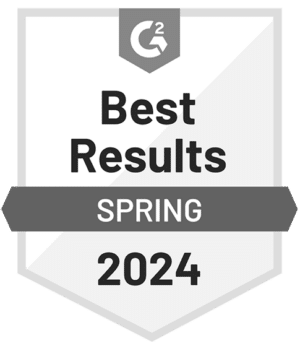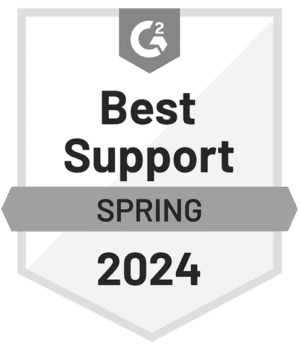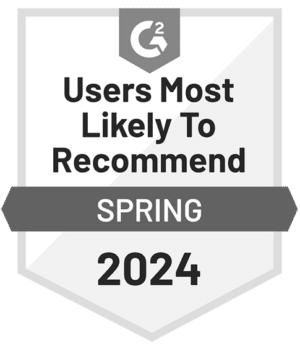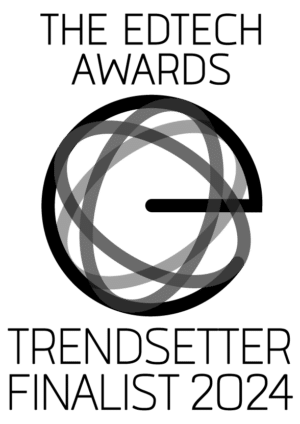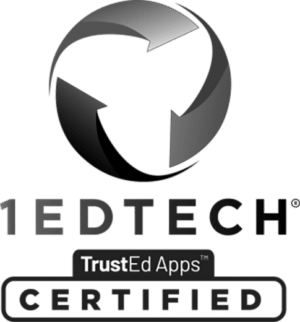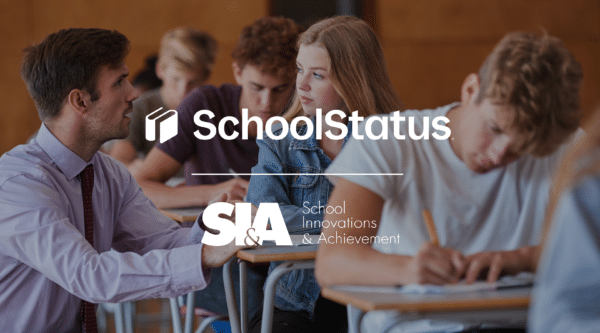
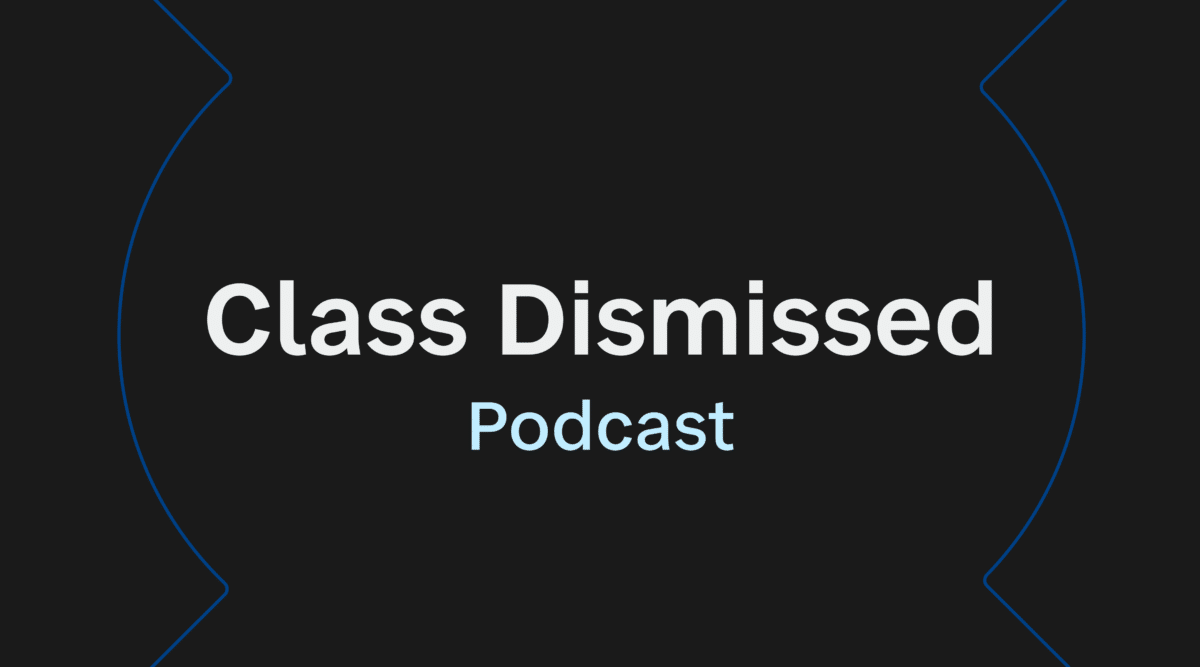
Over the next couple of years Baltimore City schools are hoping to answer a question that you may be surprised has never been asked. Can you close the reading gap between poor and wealthy students, by simply providing students in need with free glasses.
The Baltimore City Department of Health estimates that they have 15,000 pre-k through 8th grade students in city schools that may need glasses–but significant barriers prevent many students from getting them.
A partnership convened by the Baltimore City Health Department with City Schools, Johns Hopkins University, non-profit provider Vision To Learn, and Warby Parker has been formed to try and resolve the “glasses gap” and then research if providing students with glasses can improve test scores.
The coallition is called Vision For Baltimore and Politico Magazine reports that as of mid-August they’ve conducted 18,000 screenings and have provided nearly 2,000 glasses. Their aim is to distribute 8,000 glasses before their study is over in 2019.
Currently, Maryland law mandates that students vision is screened in 1st and 8th grade. This is problematic because students that develop vision issues in the 2nd or 3rd grade may have to struggle through years of schooling before the problem is identified. Even then, financial challenges may prevent a family from providing a solution.
Vision for Baltimore is expanding those school-based screenings. They’re now working to provide vision exams to all students in pre-k through 8th grade.

Shandra Worthy-Owens, principal of Dr. Bernard Harris Sr. Elementary School, tells Politico that the program has been a success at her school. A few months back, about a quarter of her students received glasses.
It’s far to early to back-up the program’s success with hard data, but Worthy-Owens said teachers at her school have noticed those students who received and regularly wear glasses have improved in the classroom.
Politico reports that the program is expensive and relies heavily on donations.
- Vision To Learn pays about $100 per child
- covers each area’s mobile clinic
- eyeglasses
- vision tests
- directors’ oversight and optometry team.
- The mobile clinic $115,000
- The Vision to Learn nonprofit receives revenue from insurance reimbursement and private donations.
- Baltimore’s health department pays $250,000 annually in salaries for its three screeners and office staff.
- The John Hopkins research team meets their own costs from donations and grants.
Vision for Baltimore plans to serve 45 Baltimore school each year.
Stay Connected
News, articles, and tips for meeting your district's goals - delivered to your inbox.


